In case you have not heard, the US Public Health Service has updated the guidelines for management of occupational exposure to HIV and recommendations for prophylaxis. You can read the full article in September’s Infection Control and Hospital Epidemiology, but I have some of major bullet points after the jump:
Via Medscape:
- The guidelines emphasize primary prevention strategies and prompt reporting and management of occupational exposures.
- If possible, the HIV status of the exposure source patient should be determined to guide the need for HIV PEP.
- Initiating PEP should be the first priority and should not be delayed pending expert consultation, which is also recommended.
- PEP regimens should contain 3 (or more) antiretroviral drugs for 4 weeks.
- Follow-up appointments should begin within 72 hours of HIV exposure and should include follow-up HIV testing, monitoring for drug toxicity, and counseling.
- HIV testing should generally continue for 6 months after exposure.
- HIV testing may be concluded at 4 months, provided a newer fourth-generation HIV antigen/antibody combination test is used for follow-up testing.
- The updated guidelines should be distributed to emergency physicians and other providers as needed, because many HCP exposures occur outside of normal office hours. Emergency physicians or other providers who are not experts in HIV treatment or in the use of antiretroviral therapy medications often oversee initial management of HIV exposure in emergency medical service personnel, dental personnel, laboratory personnel, autopsy personnel, environmental maintenance personnel, nurses, nursing assistants, physicians, technicians, therapists, pharmacists, students, and trainees.
